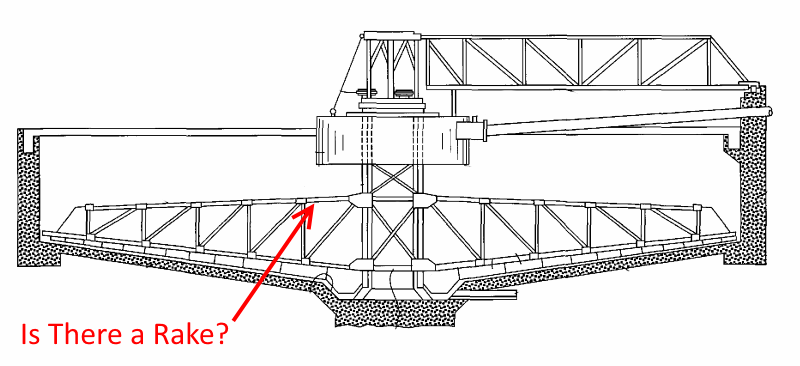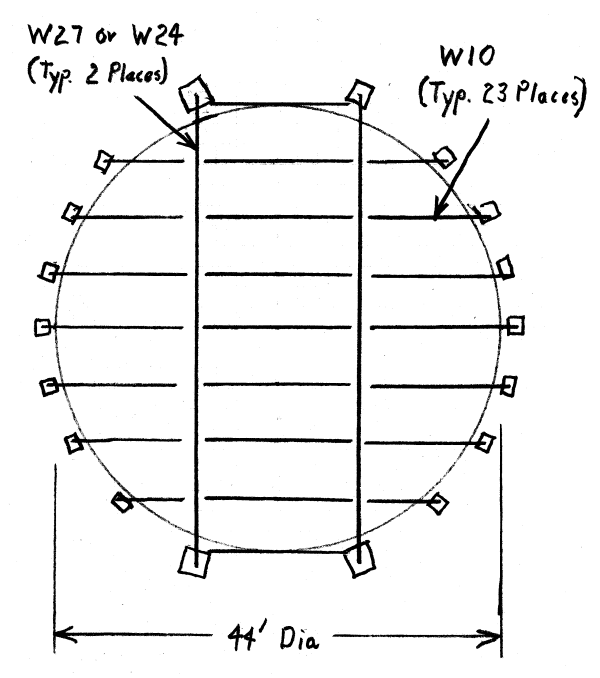sengineering
Structural
- Apr 27, 2017
- 17
I'm designing a concrete cover for a 22' diameter existing concrete circular tank. The Tank is embedded in the ground and there will be people walking on top of it. Here are the conditions:
- The slab on the bottom has a slope.
- The depth of Tank varies from 9'-6" at the edge of the wall to 15'-6" at center.
- I can add columns in between to support the roof/cover, since I don't know the thickness of the bottom slab, I'm thinking to add a concrete slab on top of the existing one to support the columns.
I have a hard time finding a good design guide for this and I'm not sure if there are going to be any special considerations in comparison to a two way slab here. Do you have any recommendations for references or things I need to consider in my design?
- The slab on the bottom has a slope.
- The depth of Tank varies from 9'-6" at the edge of the wall to 15'-6" at center.
- I can add columns in between to support the roof/cover, since I don't know the thickness of the bottom slab, I'm thinking to add a concrete slab on top of the existing one to support the columns.
I have a hard time finding a good design guide for this and I'm not sure if there are going to be any special considerations in comparison to a two way slab here. Do you have any recommendations for references or things I need to consider in my design?


![[idea] [idea] [idea]](/data/assets/smilies/idea.gif)
![[r2d2] [r2d2] [r2d2]](/data/assets/smilies/r2d2.gif)
